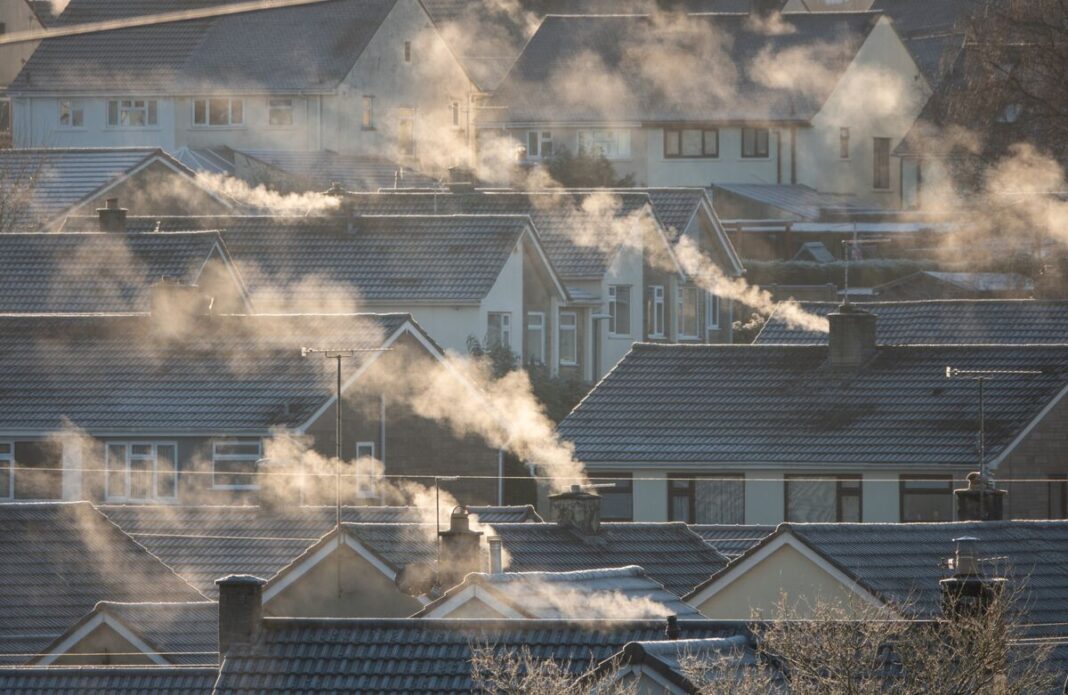An Unseasonable Chill: Understanding the Impact of Extreme Cold on Energy Costs
As winter approaches, forecasters are raising alarms about the potential for extreme cold weather to significantly affect power and gas costs. This article delves into the factors at play, the implications for consumers, and the broader energy landscape.
The Weather Forecast: What to Expect
Meteorologists are warning that polar vortex conditions could lead to plummeting temperatures across various regions. Such drastic drops can not only chill the air but also strain the energy supply. When temperatures drop significantly, demand for heating skyrockets, creating a ripple effect that can increase both electricity and natural gas prices.
Supply and Demand Dynamics
Energy markets operate on a simple principle—supply and demand. In the winter, particularly during cold snaps, the demand for heating is essential. Homes and businesses crank up thermostats, pushing electricity and gas usage to peak levels. If producers cannot keep up with this surge, prices inevitably rise. This imbalance can lead to higher costs for both residential and commercial consumers.
Natural Gas: A Crucial Factor
Natural gas is a primary fuel used for heating and electricity generation in many parts of the country. Extreme cold necessitates higher levels of extraction and transportation of natural gas, which can be hampered by frozen infrastructure and adverse weather conditions. This dual challenge—having to produce more gas while facing operational difficulties—can lead to significant cost increases.
Regional Variations in Energy Prices
The impact of extreme cold is not uniform across the country. In regions that are more reliant on natural gas for heating, such as the Northeast U.S., spikes in prices can be particularly pronounced. Areas with more diversified energy sources may experience less volatility. Understanding local energy trends can help consumers prepare for potential dramatic increases in their utility bills.
The Role of Energy Markets
Energy markets are complex ecosystems influenced by a multitude of factors including geopolitics, supply chain logistics, and seasonal demand shifts. Traders monitor forecasts closely and may speculate on price changes ahead of time. This speculation can lead to preemptive price increases, as market participants brace for expected demand surges.
Consumer Awareness and Preparedness
For consumers, understanding these dynamics is critical. Anticipating higher energy costs can influence budgeting and spending habits. Households might consider implementing energy-saving measures in anticipation of rising prices, such as weatherproofing homes or adjusting thermostat settings to conserve heat.
Long-Term Trends in Energy Prices
While extreme cold weather events are concerning in the short term, they also raise questions about long-term energy strategies. The growing unpredictability of winter weather highlights the need for a more resilient energy infrastructure. As climate patterns shift, adaptation strategies will become increasingly relevant for both utilities and consumers.
The Environmental Implications
In addition to economic impacts, there are environmental considerations. Increased demand for natural gas during cold snaps can lead to higher emissions unless mitigated by cleaner energy practices. There’s a growing call for blending traditional energy sources with renewables to offset these spikes in consumption and environmental impact.
Conclusion
As extreme cold threatens to cause an uptick in energy costs, awareness and preparedness become vital. By understanding the interplay between weather conditions, demand, and market dynamics, consumers can navigate these challenges more effectively while advocating for sustainable energy solutions.



